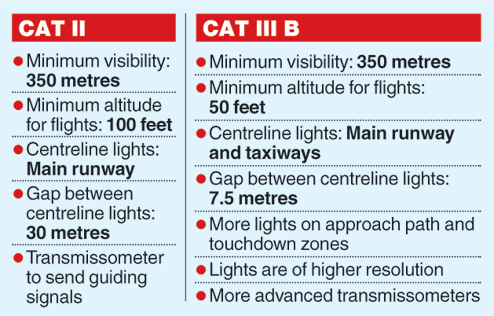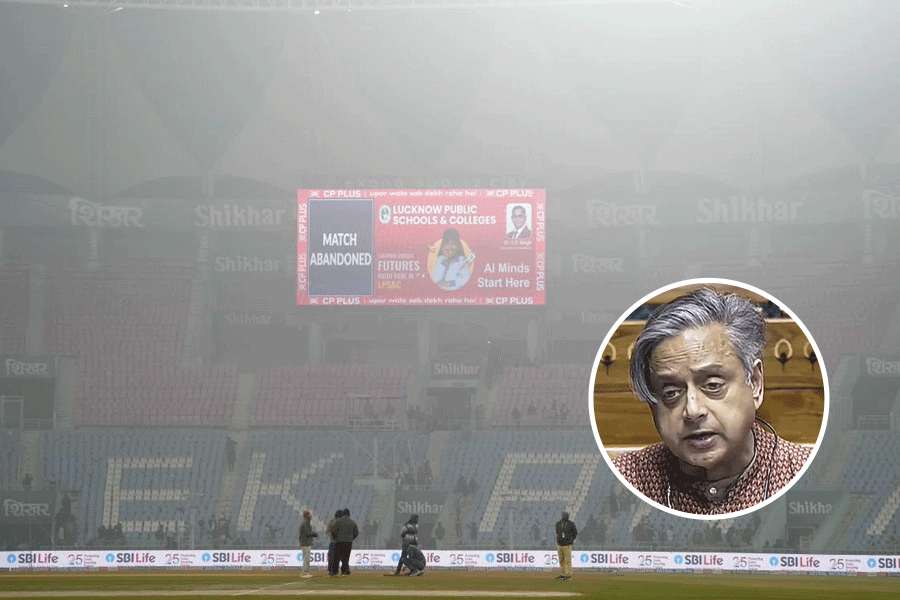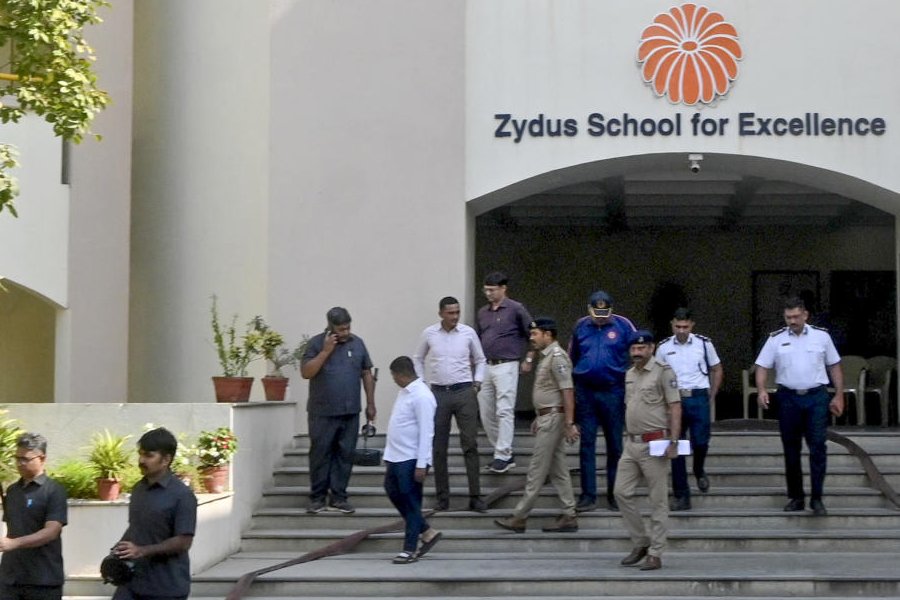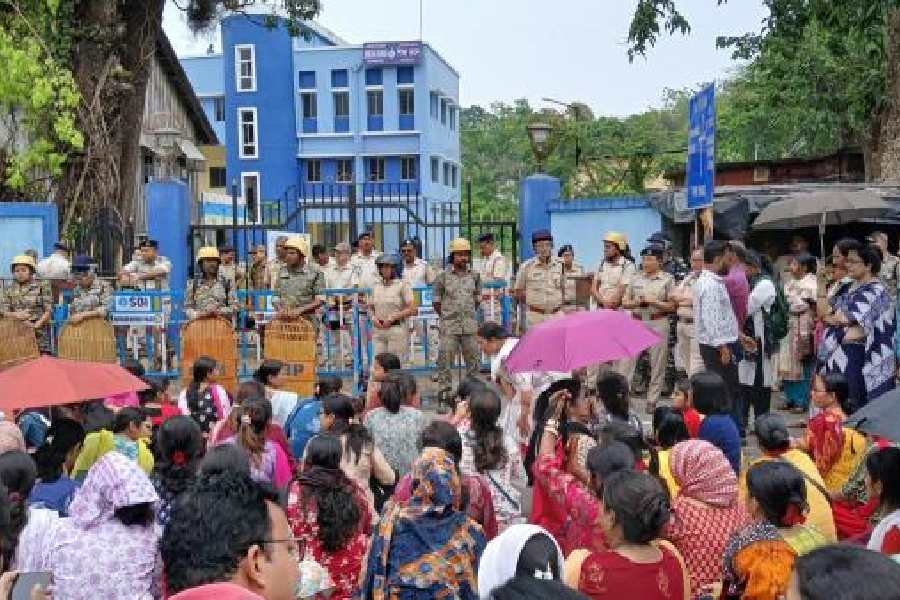 |
Calcutta airport has received sanction to upgrade to the second-most advanced instrument landing system available so that aircraft can land even when visibility drops to 50 metres, a problem that had stalled flights for 50 hours last winter.
The Category III-B Instrument Landing System will be installed on the primary runway, currently equipped with CAT II-ILS that allows planes to land till visibility of 350 metres. Delhi airport is the only one in the country to have top-tier instrument landing equipment.
“CAT III-B will be installed by the end of 2015. Work is scheduled to start in February-March next year,” airport director B.P. Sharma told Metro. “We had sent a proposal to Delhi about six months back and the approval has just come,” he said.
The Airports Authority of India has chosen the southern end of the primary runway for the CAT III-B system, which will cost an estimated Rs 120 crore.
Flight operations are disrupted every winter with visibility often dropping below 350 metres in December and January. Dense fog on the runway caused havoc at the city airport on 12 days last winter, totalling 50 hours of disruption that delayed about 500 flights.
The ripple effect of any fog-induced delay in the morning often lasts hours. “Once the CAT III-B is installed, we expect delays to go down by more than 80 per cent,” airport director Sharma said.
A survey revealed that runway visibility at the city airport on foggy winter mornings usually doesn’t dip below 50 metres, in which case a CAT III-B system would potentially eliminate any chance of flight disruptions.
Airport officials said the upgrade would include an advanced signalling system and more lights on and near the runway and taxiways.
“In CAT II, we have approach lights along the threshold along with centreline lights on the runway. In CAT III-B, there will be more lights on the threshold and in the touchdown zone for pilots to land their aircraft safely,” the airport director said.
The gap between two lights along the centreline of the runway is 30 metres in a CAT II system. The upgrade to CAT III-B would reduce the gap to 7.5 metres.
The CAT II system also doesn’t provide for centreline lights on the taxiways and the approach to the parking bays. Centreline lights will be installed on the taxiways as part of the upgrade.
“The lights are meant to guide pilots till the parking bays. Of the 54 bays, 24 will have such lights,” an official said.
Two units of a signalling instrument called runway visual range transmissometer will be installed on the primary runway. These instruments send signals to a receiver installed in the aircraft, guiding it to the runway. The process of installation won’t affect flight operations on the runway, airport officials said.
For pilots, CAT III-B would be a challenge in terms of skills. “In the CAT II system, a pilot is guided by the signalling system till 100 feet above the ground, when the runway isn’t in sight. In CAT III-B, the plane can descend till 50 feet above the ground because of the advanced signalling system before the pilot has a clear view of the approach and touchdown zone lighting system,” said Captain Sarvesh Gupta, a senior pilot with a private airline.
“The flip side of this is that you need precision training as a pilot to decide about landing within a second of spotting the runway. The pilot also needs to correctly understand the signals received through the equipment,” he explained.
Pilots receive training on the ground and then on simulators and aircraft before getting permission to land with the help of CAT III-B instrument landing system. They are also required to take tests every six months.
Most aircraft used by commercial airlines are equipped to follow the CAT III-B instrument landing system. “Many pilots are trained to use the system. But non-scheduled flights are not allowed to operate in CAT III conditions,” an airline official said.
The most advanced instrument landing system in aviation is CAT III-C, which helps aircraft land safely in zero visibility.










